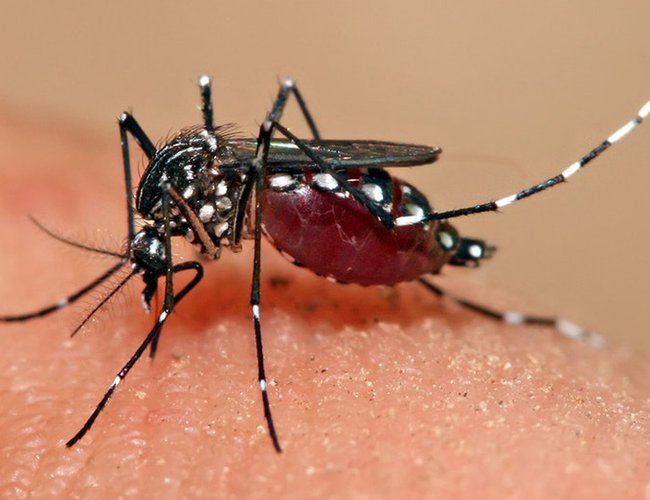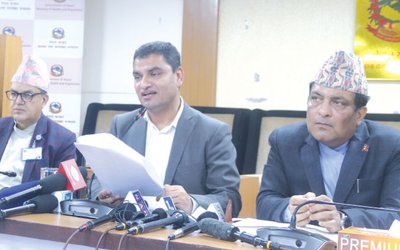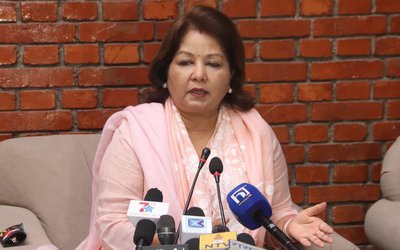
Amid the spread of COVID-19 infection, several cases of dengue have been detected across the nation in recent months reports The Rising Nepal..
According to Dr. Gokarna Dahal, head, of NTD and Vector Borne Disease Control Division under the EDCD, more than 900 cases of dengue were detected from January till mid-June this year in Nepal. This year, many cases of dengue were detected in Bagmati and Lumbini provinces.
The cases of dengue rise with the onset of monsoon season every year, said Dr. Dahal and added that more than 500 cases of dengue were detected in 58 districts last year. The dengue cases will increase for three more coming months, he added.
According to the data provided by the EDCD, in 2019, there was a large dengue epidemic in Nepal, with a total of 17,992 reported cases from 68 districts in all seven provinces.
There were six dengue deaths reported from five districts, with two deaths in Chitwan, and one death each in Sunsari, Sindhupalanchock, Kathmandu and Doti during the 2019 epidemic.
Dengue is a mosquito-borne disease transmitted by female Aedes aegypti and Aedes albopictus mosquitoes. The same vector also transmits chikungunya, yellow fever and Zika viruses, according to the World Health Organisation.
The EDCD has developed an Early Warning and Reporting Systems (EWRS) to issue warning on potential outbreaks. “The EDCD has increased surveillance at the dengue-affected areas. We have started a dengue search-and-destroy campaign in the affected areas, following reports of infection of the virus in several people,” said Dr. Dahal.
Dr. Sher Bahadur Pun, chief of the Clinical Research Unit at Sukraraj Tropical and Infectious Disease Hospital, prioritized the ‘search and destroy’ drive, including destroying possible breeding containers of the mosquito larvae, reducing man-mosquito-contact by physical barriers and community participation.
According to Dr. Sameer Kumar Adhikari, spokesperson at the Ministry of Health and Population, dengue can be avoided by preventing mosquito bites and mosquito breeding areas.
Source: The Rising Nepal
- Iran, US to continue talks for nuclear deal
- Apr 20, 2025
- Putin announces Easter ceasefire in Ukraine
- Apr 20, 2025
- ICIMOD Says Hindu Kush Himalaya (HKH) Faces Lowest Rainfall In Third Conseqquetive Year
- Apr 19, 2025
- Tatopani Border Point Will Be Upgraded: Foreign Minister Dr. Deuba
- Apr 19, 2025
- Zelenskyy accuses China of supplying weapons to Russia
- Apr 19, 2025















